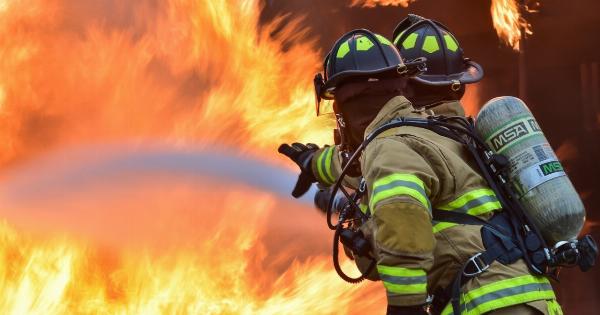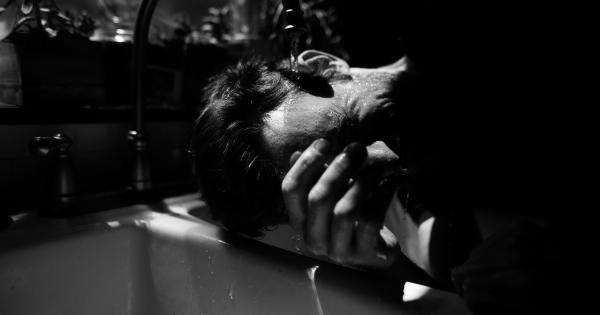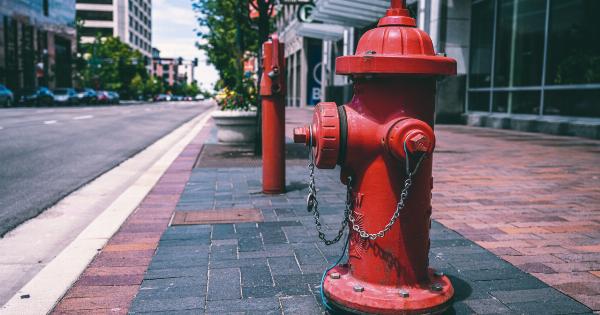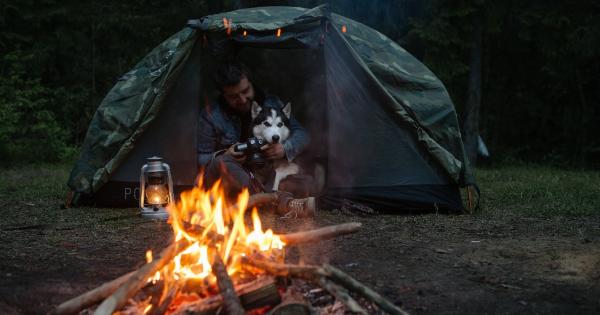Burns are painful injuries that can cause significant damage to the skin and underlying tissues. They can occur at home, in the workplace, or even during recreational activities.
It is important to take preventive measures to minimize the risk of burns and protect yourself and your loved ones. This article will explore essential information and practical tips to help you prevent burns.
Understanding the Different Types of Burns
Before we dive into prevention techniques, it’s crucial to understand the various types of burns. Here are the three main categorizations:.
1. Thermal Burns
Thermal burns are the most common type and occur when the skin comes into contact with hot objects, steam, or flames. Cooking accidents, scalding from hot liquids, and exposure to fire are typical causes of thermal burns.
2. Chemical Burns
Chemical burns result from contact with certain strong acids, bases, or corrosive substances. These burns often occur in industrial settings or when handling household cleaning products without proper protection.
3. Electrical Burns
Electrical burns are caused by an electric current passing through the body, typically due to faulty wiring, electrical appliances, or lightning strikes. These burns can be particularly severe, as they can damage internal organs and tissues.
H2: Preventing Thermal Burns
1. Kitchen Safety
When working with hot objects and appliances in the kitchen, follow these safety guidelines:.
- Use oven mitts or potholders when handling hot pots, pans, or dishes.
- Keep children away from the stove and hot surfaces.
- Turn pot handles inward to avoid accidental spills.
- Install a fire extinguisher in the kitchen and learn how to use it properly.
2. Fire Safety
Take the necessary precautions to prevent fires:.
- Install smoke detectors on every level of your home and test them regularly.
- Have a fire escape plan and practice it with your family.
- Never leave candles or open flames unattended.
- Keep flammable objects away from heat sources.
3. Safe Water Temperature
To avoid scalding accidents, set your water heater to a safe temperature:.
- Water temperature should not exceed 120 degrees Fahrenheit (49 degrees Celsius).
- Always check water temperature before stepping into a bath or shower, especially for young children or the elderly.
Preventing Chemical Burns
1. Proper Handling and Storage
Follow these guidelines when working with chemicals:.
- Wear appropriate protective clothing, such as gloves and goggles.
- Read and follow the instructions on chemical labels.
- Store chemicals in a secure and well-ventilated area.
- Avoid mixing different chemicals unless specifically instructed to do so.
2. Be Cautious in the Bathroom
Bathroom cleaners often contain strong chemicals. Take these precautions:.
- Wear gloves and ensure proper ventilation when using cleaning products.
- Do not mix bleach and ammonia-based cleaners, as this can produce toxic fumes.
- Keep cleaning products out of reach of children.
Preventing Electrical Burns
1. Electrical Safety at Home
Follow these tips to minimize the risk of electrical burns:.
- Avoid overloading electrical outlets and use surge protectors.
- Replace frayed or damaged electrical cords and wires immediately.
- Keep electronic devices away from water sources.
- Hire a professional to handle electrical repairs or installations.
2. Stay Safe Outdoors
Protect yourself from electrical burns while enjoying outdoor activities:.
- Avoid conducting recreational activities near power lines.
- Do not climb trees near power lines.
- Be cautious when using electrical equipment outdoors, particularly during wet conditions.
Conclusion
By implementing these preventative measures and being aware of the different types of burns, you can significantly reduce the risk of burn injuries.
Whether at home, work, or during recreational activities, staying vigilant and following safety guidelines is essential. Remember, prevention is always better than treatment when it comes to burns.






























